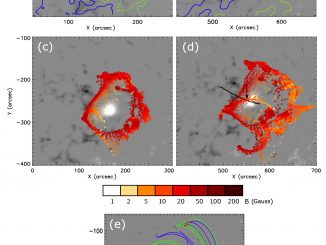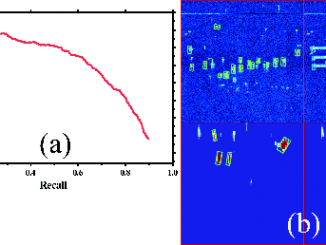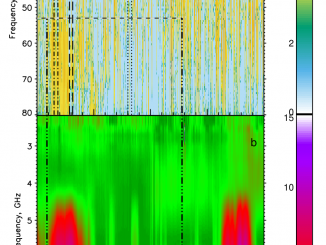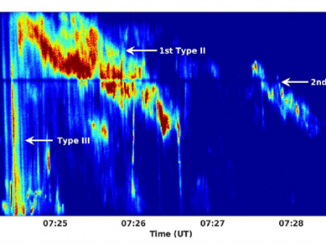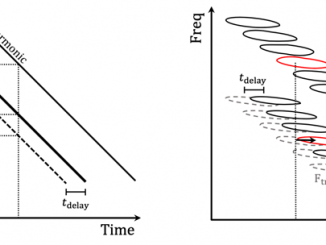Electron acceleration efficiency during the impulsive phase of a solar flare: X-ray and microwave observations by Kontar et al
Solar flares are known to be prolific electron accelerators, yet identifying the mechanism(s) for such efficient electron acceleration in magnetic reconnection events at the Sun (and similar astrophysical settings) presents a major challenge in Astrophysics (e.g. Holman et al 2011). Accelerated electrons with energies above $\sim 20$ keV are revealed by hard X-ray (HXR) bremsstrahlung emission, while accelerated electrons with even higher energies usually manifest themselves through radio gyrosynchrotron emission. […]


